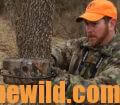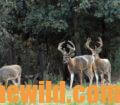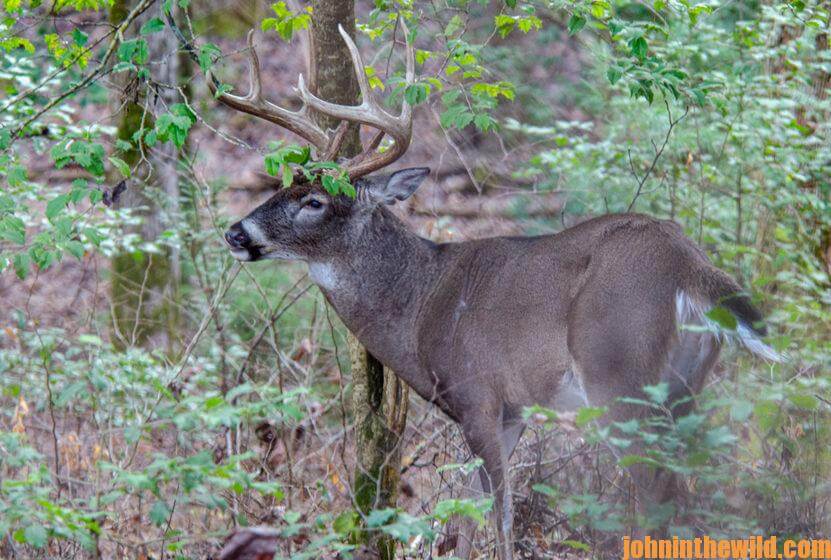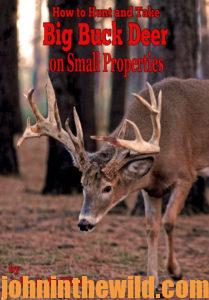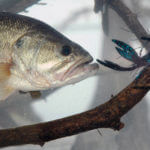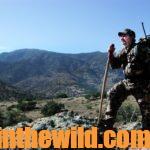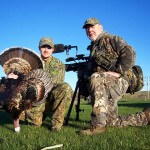Editor’s Note: Each state has different plant times when you’re planting for wildlife. The two best resources for knowing when to plant will be the companies you buy your seeds from and your state Department of Conservation. You can attract deer to an area, if you know what causes deer to come to certain foods at specific times of the year. You can find the magic ingredient that can put bucks where you want them during deer season right under your fingertips. Yet most hunters don’t know how, when or where to use fertilizer, which consistently will pay buck dividends each season. “I’ve seen deer walk through a green field to feed on fertilized plants and pass-by those plants not fertilized,” says Dr. Keith Causey, a retired professor of wildlife science at Auburn University and once head of the deer-research program there. “Deer seem to select the most-nutritious food they can find to eat. Therefore deer will come to and feed on fertilized plants more readily than on plants not fertilized.” You can fertilize green fields, nut and fruit trees and naturally-occurring wild plants to put bucks where you want them during hunting season. You also can plant seeds for wildlife food and put out mineral blocks.
Why Plant Trees for Deer:

Sawtooth Oak Tree
Although you’ve probably read plenty about green-field planting for wildlife, you also can plant fruit and nut trees to benefit wildlife. These trees in the long run cost less than green-field plantings, increase the availability of food for wildlife and can produce a cash crop in the form of timber. One biologist told me, “You can plant black cherry trees now, and they will produce food for wildlife soon and college tuition for a grandchild later.”
Some of the most-popular trees that deer hunters purchase to plant include wild fruit trees like persimmon, crabapple, pears and wild plums. They also will buy oak trees like the gobbler sawtooth oak, which grows acorns fast and at an early age. A typical white oak must reach 10 or 12 years of age before it begins to produce acorns. However, some landowners have reported seeing acorns on gobbler sawtooth oaks as early as 5-6 years after planting them.
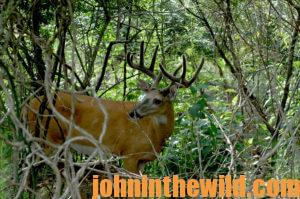 Tree growers like to ship trees as bare-root plants during the wintertime when they’re dormant, and then you don’t have to pay additional freight for a dirtball with the roots in it. By shipping the dormant trees, the trees experience less shock and less stress than if you plant them at other times of the year. Many growers recommend that the best time to plant trees is from mid-December through March and April. However, to purchase trees, you should buy them the spring or summer before you plan to plant them because generally there’s a limited supply. The nursery may run out of trees before orders are filled.
Tree growers like to ship trees as bare-root plants during the wintertime when they’re dormant, and then you don’t have to pay additional freight for a dirtball with the roots in it. By shipping the dormant trees, the trees experience less shock and less stress than if you plant them at other times of the year. Many growers recommend that the best time to plant trees is from mid-December through March and April. However, to purchase trees, you should buy them the spring or summer before you plan to plant them because generally there’s a limited supply. The nursery may run out of trees before orders are filled.
Why Plant Bushes and Shrubs for Deer:
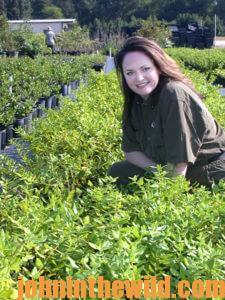
Japanese Honeysuckle
The Allegheny chinkapin is one of the most-popular long-term plantings for deer. It’s a low-growing shrub that’s a member of the chestnut family. This blight-resistant shrub typically only grows to 10 or 12 feet high and produces a small, sweet-tasting nut. This shrub also gives you the ability to create a permanent thicket wherever you choose. In this thicket, deer can bed as well as feed. About 75 to 100 pounds of nuts fall off each of these trees each year.
Deer also enjoy eating honeysuckle. You need to plant the honeysuckle in strips. However, if you don’t give this plant some protection, the deer may eat the plant down to the ground before it produces the rich, green leaves that the deer prefer. Nurseries often suggest that you plant 25- to 50-foot strips of honeysuckle, placing each plant about 2-feet apart. The easiest way to protect these plants is to create a wire cage that covers the entire strip of honeysuckle. Use welded-wire fencing. If you fold the wire in half lengthwise, the wire will create a funnel that will cover the top of the honeysuckle. The plants will grow through the wire, allowing the deer to browse on the part of the plant outside the wire cage without killing the plant. Using this system, the deer can’t pull the plants up out of the ground and destroy them. Each year your honeysuckle will put on more foliage on which the deer can feed.
Some companies that provide some of the best information and trees and shrubs for wildlife plantings to create sanctuaries and hot spots for bagging deer are: Mossy Oak Nativ Nurseries (https://www.nativnurseries.com/) and The Wildlife Group (https://www.wildlifegroup.com/). For instance, Nativ Nurseries offer an oak-tree package for deer that contains an assortment of 12 trees specifically designed to keep food available for deer throughout the fall and winter in southern portions of Zone 5 to Zone 9. The Wildlife Group emphasizes that planting trees and shrubs provides wildlife with long-term food sources and nesting cover for birds and increases property values.
To learn more about hunting deer, check out John E. Phillips’ book, “How to Hunt and Take Big Buck Deer on Small Properties,” available in Kindle, print and Audible versions at (http://amzn.to/1vIcj4m). You may have to copy and paste this click into your browser. (When you click on this book, notice on the left where Amazon allows you to read 10% of the book for free, and you can listen to 10% of the books for free and hear 10% for free).

